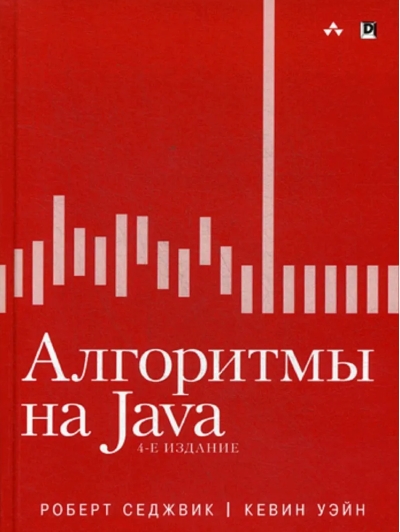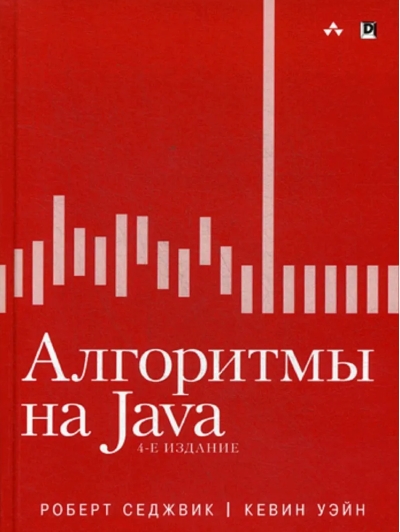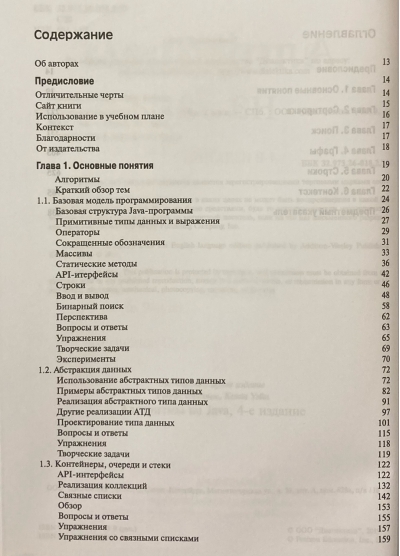Algorithms in Java
69.99 €
The only thing available 2
This book is conceived as an overview of the most important computer algorithms to date and as a collection of fundamental techniques for the growing number of people who need them. It is designed as a textbook for the second year of computer engineering, when students already have basic programming skills and are familiar with computer systems. The book can also be useful for self-education or as a reference for those engaged in the development of computer systems or application programs, since it contains implementations of useful algorithms and detailed information about performance characteristics and client programs. The wide scope of the material makes this book a convenient introduction to the field.
The study of algorithms and data structures is the basis of any computer course, not only for programmers and computer scientists. Everyone who uses a computer wants it to work faster and solve larger tasks. The algorithms in this book are a collection of basic knowledge acquired over the past SO years and recognized as indispensable. From modeling the N-body system in physics to deciphering the genetic code in molecular biology, the basic techniques described here are essential in any field of scientific research; from architectural design systems to aircraft simulations, they are essential in engineering calculations; and from database management systems to Internet search engines, they are essential parts of modern software systems. Here are just a few examples: as the scope of computer applications expands, so does the influence of the basic methods described here.
Before we begin to develop a fundamental approach to studying algorithms, we will develop data types for stacks, queues, and other low-level abstractions, which we will then use throughout the book. We will then look at fundamental algorithms for sorting, searching, graphs, and strings. The last chapter provides an overview of the material in the book in a broader context.
The study of algorithms and data structures is the basis of any computer course, not only for programmers and computer scientists. Everyone who uses a computer wants it to work faster and solve larger tasks. The algorithms in this book are a collection of basic knowledge acquired over the past SO years and recognized as indispensable. From modeling the N-body system in physics to deciphering the genetic code in molecular biology, the basic techniques described here are essential in any field of scientific research; from architectural design systems to aircraft simulations, they are essential in engineering calculations; and from database management systems to Internet search engines, they are essential parts of modern software systems. Here are just a few examples: as the scope of computer applications expands, so does the influence of the basic methods described here.
Before we begin to develop a fundamental approach to studying algorithms, we will develop data types for stacks, queues, and other low-level abstractions, which we will then use throughout the book. We will then look at fundamental algorithms for sorting, searching, graphs, and strings. The last chapter provides an overview of the material in the book in a broader context.
See also:
- All books by the publisher
- All books by the author



























